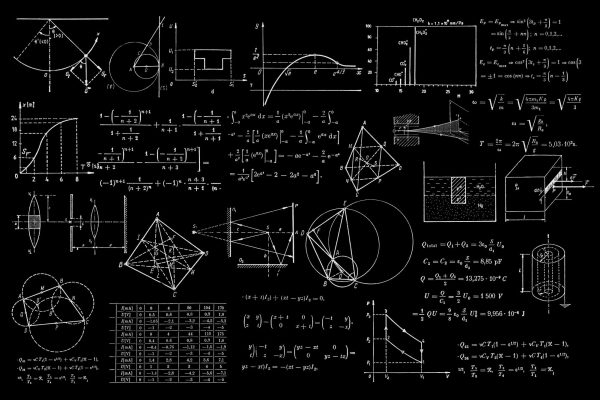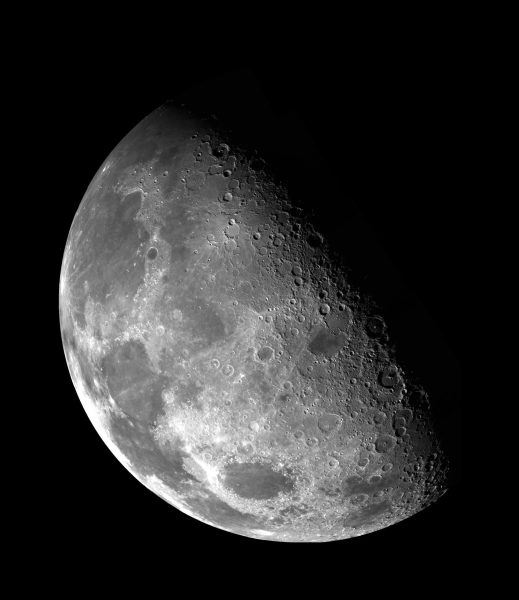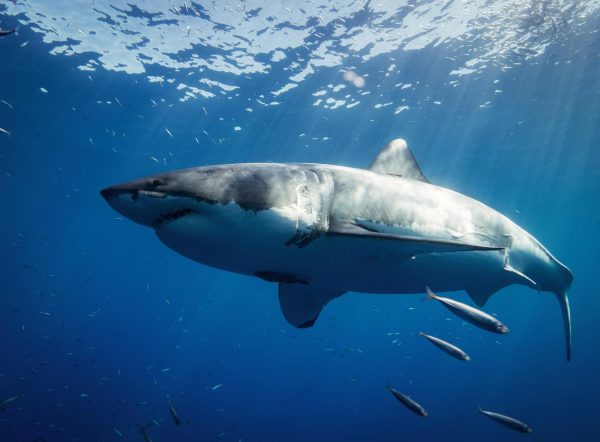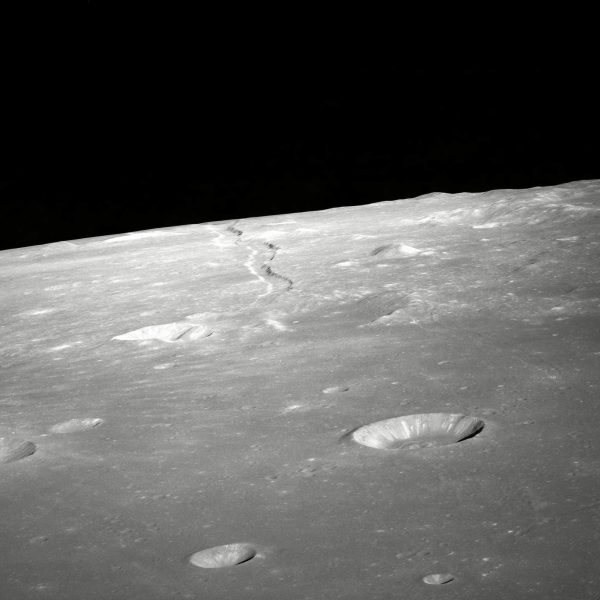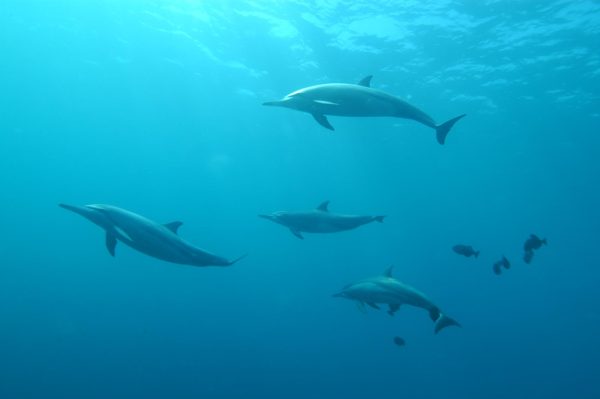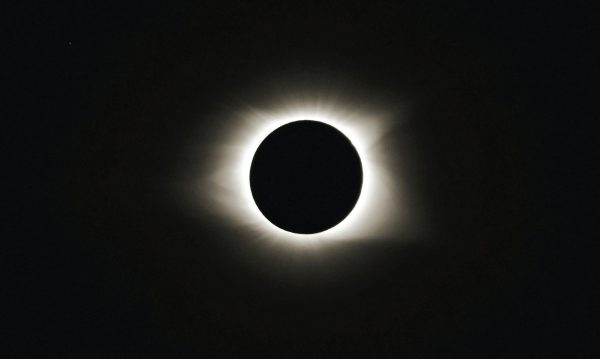Paul Weitz: An Inspiration
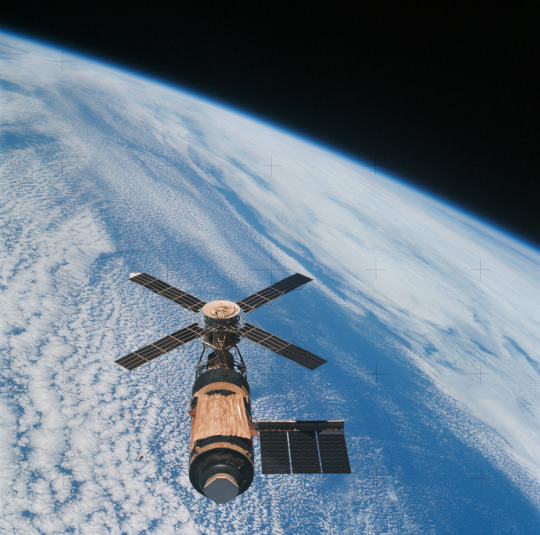
November 16, 2017
Paul Weitz was an astronaut who was in the first crew to board the SkyLab space station, and ten years later commanded the initial flight of the space shuttle Challenger. Along with being a naval officer, aviator, aeronautical engineer, and test pilot, he was an inspiration and well known to many. Unfortunately, his death was announced by NASA from blood cancer in Flagstaff, Arizona at 85 years old.
Paul Weitz born on July 25, 1932, earned a degree in aeronautical engineering at Pennsylvania State University. He received a master’s degree at the Naval Postgraduate School in California, and was commissioned an ensign in the Reserve Officers Training Corps. Before being selected by NASA for the astronaut corps in 1966, he served as a pilot in the Navy in Vietnam. In 1973, he became the pilot on the first mission to the Skylab space station which had been set up on May 14. Even though three men were ready to blast the next day, a heat shield to protect the lab was damaged. Mr.Weitz was one of the men who helped fix this problem using a makeshift repair, and had abilities that impressed others quickly.
Ten years after he manned the first Skylab mission for a record then of 672 hours and 49 minutes, he was in command of the Challenger in 1983. It was the second shuttle to go into orbit, and flew nine successful missions. Because of its famous explosion in 1986, Paul Weitz became a part of the management team at NASA which identified problems with that explosion. He then later on stated about the possible problems of the Challenger and how it may have undergone too many flights in a short amount of time. He inspired others to work harder in fixing this problem for future purposes, and to encourage other scientists to not make themselves “susceptible to such pressures.”
Paul Weitz was a motivation for other scientists and future ones that liked the idea of looking at a problem and not giving up until it is solved. He is not only an important memory of the early advancements in space, but he was also supported by many comrades during his time as NASA. He explained in an interview of how one thing he never got tired of seeing was the view of Earth from his Skylab mission; and that the best part was looking out his window. We can remember Paul Weitz as another creative mind in the world who brought us more closer to understanding the complexities of it.




